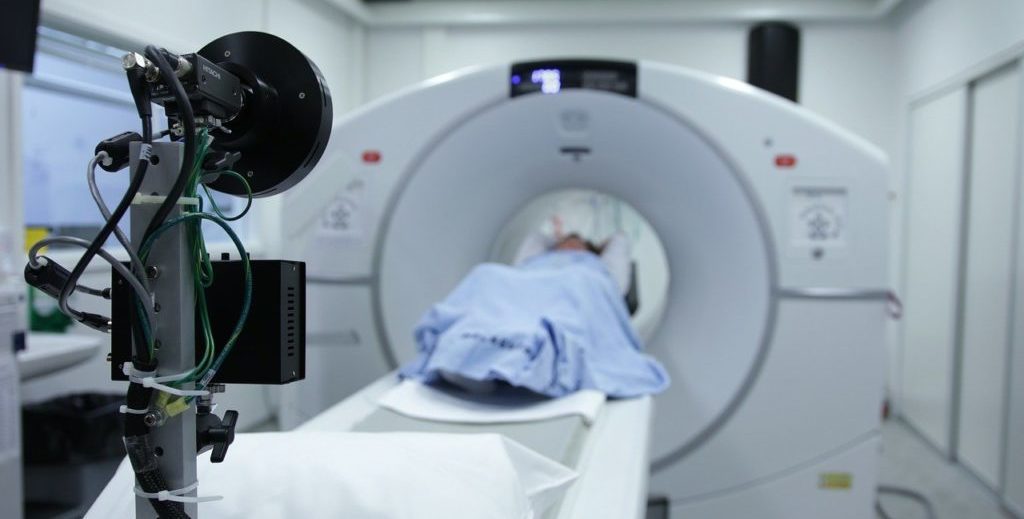“It is necessary to enrich the monetary policy toolbox,” the snippet reads in Excerpts of Xi Jinping’s Speeches on Finance Work. “The People’s Bank of China must gradually increase the trading of treasury bonds in its open market operations.”
Former Chinese trade official who backed Donald Trump slams US for ‘dismantling’ global trade
Former Chinese trade official who backed Donald Trump slams US for ‘dismantling’ global trade
Instructing the central bank to buy more treasury bonds is a rare and unexpected move in China. Sources say this last occurred around the start of the 21st century. After that, when the central bank sought to inject liquidity into the market, it started relying on relending tools and cuts to the reserve requirement ratio – reducing the amount of cash that commercial banks must hold as reserves and releasing large sums of money into the market as long-term liquidity.
In the five months since Xi’s instruction, public records indicate that the PBOC has not yet started buying treasury bonds in open market operations.
The practice itself is considered controversial because it fans the flames of concern over fiscal monetisation and the so-called modern monetary theory (MMT) that paved the way for Washington’s unprecedented quantitative-easing measures taken since the outbreak of the pandemic.
MMT posits that, if a government needs money in pressing times, it can freely print it, as long as the economy is capable of churning out goods and services.
And analysts suggest that once again buying bonds – when it happens – reflects how Beijing has become increasingly keen on utilising different monetary tools as wiggle room for conventional policy support is narrowing.
Xi Jinping
A strong central bank is one of the six key elements defining Xi’s financial-superpower vision.
In the new book, he regards the stabilisation of money supply as an important foundation for China’s finance work, calling for reasonably ample liquidity but more credit allocation for tech innovation, advanced manufacturing, green development and small businesses.
“The PBOC must implement monetary policy well and safeguard the overall stability of the financial market,” the president added at the financial work conference.
Beijing has vowed to grow China’s economy by 5 per cent this year – a goal that high-ranking officials have conceded will require “hard work”, and which analysts have said will be challenging in the absence of policy stimulus and in the face of various headwinds, including massive levels of local-level government debt.
After years of unchecked infrastructure spending, Guizhou faces a debt reckoning
After years of unchecked infrastructure spending, Guizhou faces a debt reckoning
Ding Shuang, chief Greater China economist at Standard Chartered Bank, said that the central bank’s expected purchase of government bonds in secondary markets – as their direct purchase is forbidden by Chinese laws – would be a good means of increasing liquidity, boosting economic activity and fostering the yield curve of Chinese treasury bonds. The yield curve depicts various bond yields over different terms to their maturity.
“It’s an easy and effective tool. But this is not the monetisation of fiscal deficit, nor [Western-style] quantitative easing,” he said, referring to the kind of bond-market purchases widely seen in developed markets.
Ding said the PBOC has refrained from buying treasury bonds for years because monetary authorities did not want to fuel market speculation of a major stimulus, but now Beijing is looking to inject a stronger dose of policy support and central bank funding.
To that end, the government sold 1 trillion yuan (US$138.4 billion) worth of additional government bonds in 2020 and 2023, respectively.
Additionally, it intends to sell 1 trillion yuan worth of ultra-long special treasury bonds – the first of multiple batches planned for the coming years, according to this year’s central government work report.
“[The central bank] needs to do more work in communicating with the market,” Ding said.
Chinese authorities limited stimulus measures during and after the pandemic, with moderate cuts to market interest rates, the utilisation of structural tools, and the embracing of an accommodative liquidity policy.
Shao Yu, a board member with the Shanghai Institute for Finance and Development, said that unlike before, when the central bank focused on providing refinancing to commercial banks to support credit expansion, it is now shifting to more coordination of fiscal and monetary policies that are widely adopted in the world.
“But since fiscal monetisation is highly sensitive in China, I think we will start by trying little by little,” he said.
China must cut US treasuries in ‘orderly’ fashion, ex-central bank adviser says
China must cut US treasuries in ‘orderly’ fashion, ex-central bank adviser says
Such a bond-buying plan became a focus of market discussions in 2018 and 2019, when analysts urged the central bank to do so against the backdrop of domestic economic challenges and MMT discussions prevailing in the United States.
PBOC governor Pan Gongsheng told a panel on Monday that China still has tools to ensure this year’s economic growth target.
At a press conference on Thursday, deputy central bank governor Xuan Changneng hinted that Beijing would not adopt Western-style quantitative easing measures, contending that China’s current mix of liquidity tools and credit allocation were more effective.
He also signalled more cuts to the reserve requirement ratio, after a 50-basis-point cut was announced in January.
“China’s average reserve requirement ratio is still at 7 per cent, implying an ample and important means of pumping liquidity into the market,” he said.





